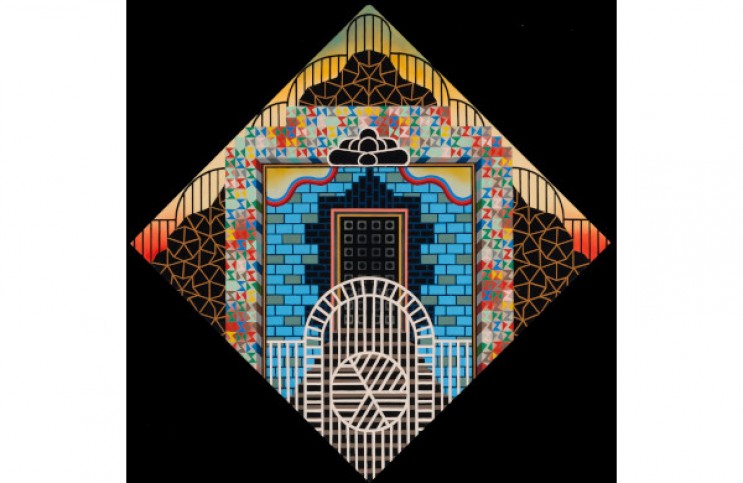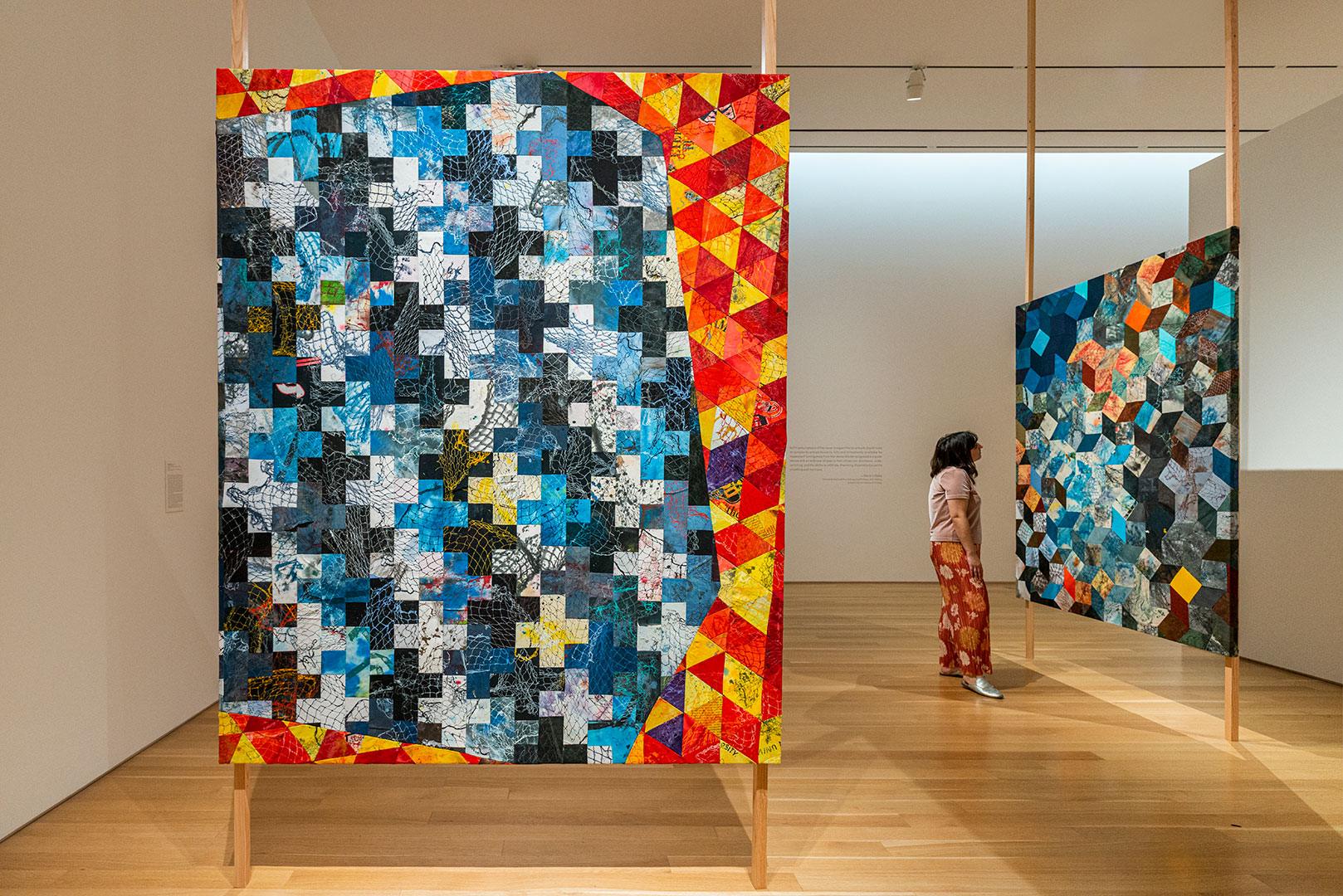1/2
When Labels Slip Away: The Quiet Rebellion of Queer Abstraction
Abstraction in art has long been a playground for ambiguity, but for many LGBTQ+ artists, it’s also a quiet act of resistance. While figurative art often puts identity front and center, abstraction sidesteps the urge to categorize, letting meaning shimmer just out of reach. Instead of relying on recognizable bodies or overt symbols, queer abstraction works through suggestion and spatial play. Artists like Forrest Bess and Hélio Oiticica embedded personal desires and nonbinary ideas into forms that defy easy reading, using coded shapes and immersive environments to scramble expectations. Others, like Harmony Hammond and K8 Hardy, hint at queer experience through material choices and sly references, never quite settling into one narrative. Even minimalist sculptures—think Scott Burton’s benches or Tom Burr’s partitions—create spaces where queerness is felt rather than seen, inviting new ways of relating to bodies and public space. In the end, queer abstraction isn’t about hiding; it’s about opening up a horizon where identity is possibility, not prescription. #QueerArt #Abstraction #LGBTQCulture #Culture
2025-06-07
write a comment...

